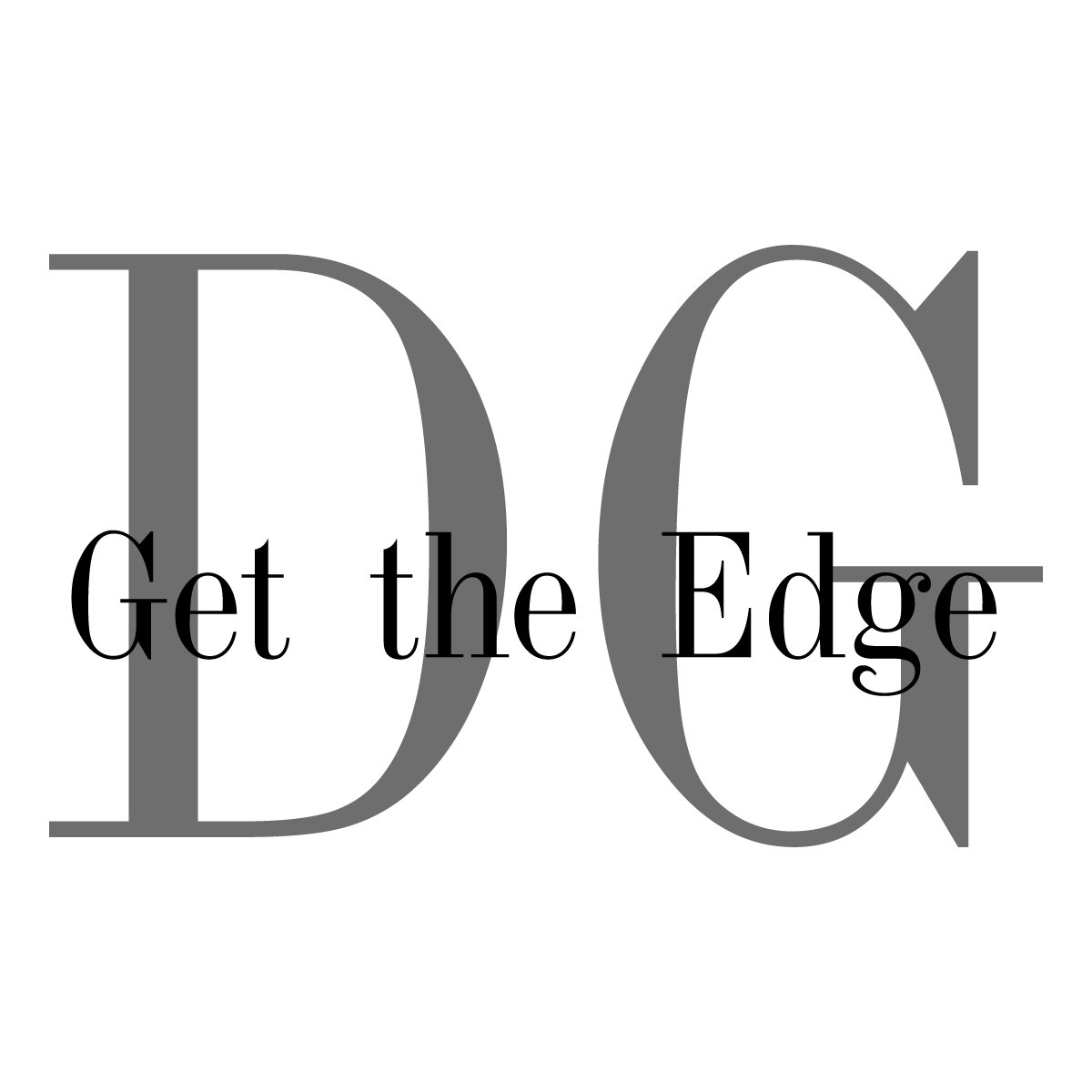
Tools of the Trade
Graston Technique incorporates a patented form of instrument-assisted soft tissue mobilization that enables clinicians to effectively detect and treat scar tissue and restrictions that affect normal function.
The Selective Functional Movement Assessment (SFMA) is an extensive series of full-body movement tests designed to assess fundamental patterns of movement such as bending and squatting in those with known musculoskeletal pain.
ART works by breaking up adhesions, which are dense collections of scar tissue that form when muscles and connective tissues are injured. When the scar tissue binds between your muscles, it limits flexibility, causing pain and stiffness in muscles and joints.
McKenzie Technique or Mechanical Diagnosis and Treatment (MDT) utilizes a specialized algorithmic approach of specific physical therapy and exercises used to move the spine in ways that "centralize" the patient's pain by moving it away from the extremities (leg or arm) to the back. Back pain is usually better tolerated than leg pain or arm pain, and the theory of the approach is that centralizing the pain allows the source of the pain to be treated rather than the symptoms.
Manual Therapy and Soft Tissue encompasses various techniques that employ hands-on manipulation of the soft tissues and motion segments of the body. It can be used to relax tight and sore muscles, or create other changes important for reducing pain and improving biomechanics. More broadly, manual therapy helps us reduce pain, move what needs to move more, and stabilize what needs to move less.
Joint Manipulation involves moving joints in specific ways to help restore proper biomechanics, thereby relieving pressure on joints, easing tight and sore muscles, reducing inflammation, and improving nerve function. It is a powerful tool backed by decades of evidence that can help get you back on track quickly. We offer many types of manipulations from traditional, visceral, soft tissue, and gentle non-force methods. While it can be a great tool, we recognize some may prefer alternate methods - this is never a problem in our office.
Therapeutic exercise is a monumentally important part of our treatment plans. Rarely does a patient leave without learning a specially curated exercise plan specific to their problem. This piece of the puzzle ensures you accelerate your progress and build resilience - empowering you to take control of your recovery, and avoiding over-dependence on doctors and therapists. “The right exercises, done the right way, are invaluable.”
Passive therapeutic modalities include therapeutic ultrasound, electronic muscle stimulation, galvanic stimulation, cryotherapy, infrared heat, shockwave therapy, and many other interventions. They vary widely in their applications and are used in specific instances to reduce pain and speed recovery.
Ergonomic assessment and modification is an increasingly important part of the equation when solving issues relating to pain, dysfunction, and optimal wellness. Whether at home, in the office, or out on the worksite, we aim to provide simple solutions that pay big dividends with regard to improved function.
Lifestyle Modifications or functional movement training encompasses a wide breadth of information pertaining to improving upon our everyday movements and activities in ways that meaningfully improve your pain or dysfunction. From how to sit, stand, or sleep, to how to open doors, brush teeth, or wash dishes - small changes mean big improvements in your life.











